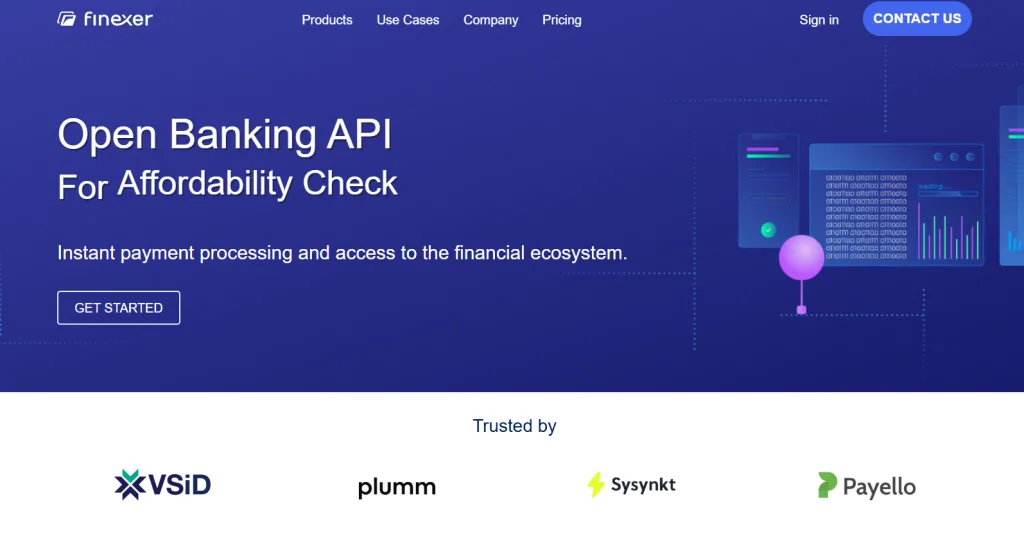UK insurers are under pressure on two fronts: rising fraud and tighter FCA expectations.
Last year alone, insurers detected over £3 billion in fraudulent activity and a significant share came from identity misuse and unverifiable financial information.
The problem? Most verification still relies on documents the customer provides: PDFs, screenshots, bank statements, or emailed evidence. These take time to review, are easy to alter, and slow down both onboarding and claims handling.
The shift happening now is clear: bank-data verification is replacing document-based checks.
With customer-consented access to live account information, insurers can confirm identity, account ownership, income patterns, and source-of-funds within seconds — all through regulated Open Banking rails.
This is the new reality of digital KYC: fast, auditable, and built on data no one can manipulate.
The Regulatory Context for UK Insurers
UK insurers now face stricter FCA expectations around identity checks, source-of-funds evidence, and customer due diligence. Regulators want verification methods that are auditable, consistent, and resistant to manipulation.
Bank-data verification fits this requirement because it provides:
- Verified account ownership directly from the bank
- Real-time income and transaction insights
- A reliable source-of-funds trail
- Clear audit logs for compliance reviews
Instead of relying on customer-submitted documents, insurers can use consent-based access to live bank data — giving them a more accurate and regulator-friendly KYC process.
What Bank-Data Verification Actually Means
Bank-data verification is the process of confirming a customer’s identity, account ownership, and financial activity by accessing their bank data directly with consent.
For insurers, this means you can quickly validate:
- Who the customer is (identity signals from their active bank account)
- Whether the bank account truly belongs to them
- Their income patterns for premium suitability
- Their source of funds for higher-risk policies
- Any unusual activity that may indicate potential fraud
All of this is pulled from secure Open Banking connections, giving insurers verified information without relying on PDFs, screenshots, or emailed statements.
Why Traditional KYC Slows Insurers Down
Traditional KYC relies heavily on documents customers upload themselves — bank statements, income proofs, or screenshots. These create three recurring problems for insurers:
- Delays: Documents take time to collect, review, and cross-check.
- Inconsistency: Files vary in format, quality, and completeness.
- Risk: PDFs and images can be edited, making verification less reliable.
Bank-data verification removes these gaps by giving insurers direct access to accurate, consented bank information. This cuts out manual checks and reduces the back-and-forth that slows onboarding and claims decisions.
How Digital KYC Works With Bank-Data Verification
Digital KYC becomes simpler when insurers use bank-data verification. The process usually follows a clear, customer-friendly flow:
- The customer gives consent to connect their bank account.
- A secure Open Banking link retrieves verified account and transaction data.
- The insurer reviews key signals — identity, account ownership, income patterns, and source of funds.
- Automated checks flag any mismatches, unusual activity, or potential risks.
Everything comes from the customer’s bank in real time, giving insurers dependable information without requesting multiple documents or running repeated follow-ups.
Key Benefits for UK Insurers
Adopting bank-data verification gives insurers several immediate advantages:
- Faster onboarding: Verified bank data removes document delays.
- Better fraud prevention: Live transaction data helps identify inconsistencies early.
- Clear compliance trail: Every check is logged and fully auditable for FCA reviews.
- Accurate source-of-funds checks: Data comes directly from the customer’s bank.
- Lower operational effort: Fewer manual reviews and fewer back-and-forth requests.
For insurers handling high volumes of policies or claims, these improvements create a smoother, more dependable KYC process.
How You Can Do It With Finexer

Finexer gives UK insurers a straightforward way to carry out bank-data verification without relying on PDFs or manual reviews. With customer consent, insurers can access verified account information and real-time transaction data from 99% of UK banks — all through a secure Open Banking connection.
With Finexer, insurers can:
- Confirm account ownership in seconds
- Review income behaviour for policy suitability
- Validate source of funds during onboarding
- Verify transaction patterns to support claim assessments
- Fetch up to 7 years of history with no transaction limits
- Reduce manual effort by removing document uploads and email back-and-forth
Finexer supports white-labelling, offers usage-based pricing, and deploys 2–3x faster than typical industry setups, backed by hands-on onboarding support.
For insurers upgrading their digital KYC workflows, it delivers the verified bank data needed to make decisions confidently and efficiently.
What is bank-data verification in insurance?
Bank-data verification lets insurers access verified bank account and transaction data with consent to support identity and financial checks.
Why is bank-data verification more reliable than documents?
It pulls data directly from the bank, reducing errors, removing editable PDFs, and giving insurers a consistent, audit-ready verification method.
Can insurers use bank-data verification during claims?
Yes. Verified financial activity helps insurers spot unusual patterns, assess claim validity, and support investigations accurately.
If your team wants faster onboarding and clearer compliance trails, Finexer can help with a single Open banking API.
